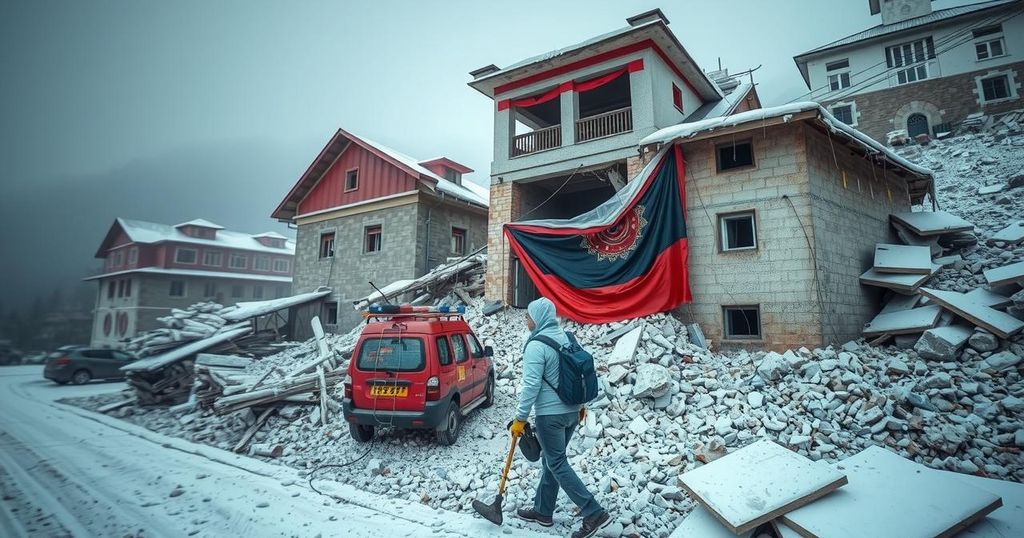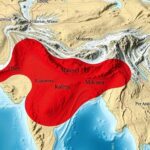Devastating Earthquake in Tibet Claims 126 Lives and Injures Hundreds
A powerful earthquake in Tibet has resulted in 126 confirmed deaths and over 100 injuries, with severe damage to infrastructure. The quake, measuring 7.1 on the Richter scale, struck the Dingri region on Tuesday morning, affecting areas as far as Nepal and Bhutan. Rescue operations are hindered by extreme weather conditions, complicating recovery efforts in this remote region.
A devastating earthquake struck Tibet, resulting in the death of at least 126 individuals and injuring over 100 more. The earthquake, which registered a magnitude of 7.1 according to the United States Geological Survey, occurred in the Shigatse high-altitude county of Dingri. Tremors were felt in surrounding regions, including Nepal, Bhutan, and northern India, exacerbating rescue efforts due to the remote location and inclement weather conditions.
The quake hit the region at 9:05 am local time, striking at a depth of approximately 10 kilometers. Reports indicated that over 1,000 homes sustained varying degrees of damage, with many buildings near the epicenter collapsing. Dingri county, which is situated on the Chinese side of Mount Everest and predominantly inhabited by around 62,000 residents, hosted significant spiritual authority as it is the seat of the Panchen Lama in Tibetan Buddhism.
The Xinhua state news agency confirmed the death toll and injury statistics, with rescue operations hampered by extremely low temperatures, which were reported to be around minus 8 degrees Celsius, dropping to minus 18 degrees Celsius by nightfall. The challenging weather, combined with the region’s remoteness, has created significant hurdles for humanitarian efforts as the region strives to recover from this tragic natural disaster.
On a recent Tuesday morning, Tibet was jolted by a powerful earthquake that resulted in significant loss of life and injury. The event, which registered as a major seismic occurrence on international scales, occurred in a mountainous and remote region known for its harsh climate and limited infrastructure. Shigatse, particularly Dingri county, is not only geographically isolated from China’s urban centers but is also culturally and spiritually significant due to its connections to Tibetan Buddhism. The implications of such a natural disaster extend beyond immediate humanitarian needs, affecting infrastructure, local economies, and community stability in a region already facing climatic challenges.
In summary, the recent earthquake in Tibet represents a severe humanitarian crisis with considerable causalities and widespread destruction. The combination of remote geography and extreme weather conditions is severely impacting recovery efforts. As authorities work to restore normalcy, the resilience of the Tibetan communities is put to the test in the face of overwhelming challenges.
Original Source: www.aljazeera.com








Post Comment